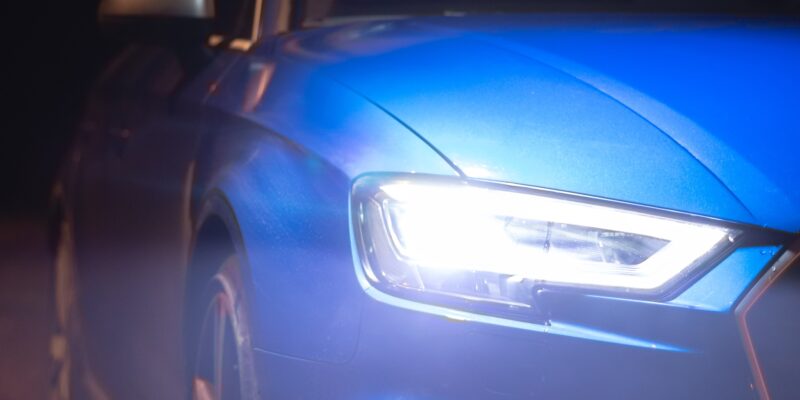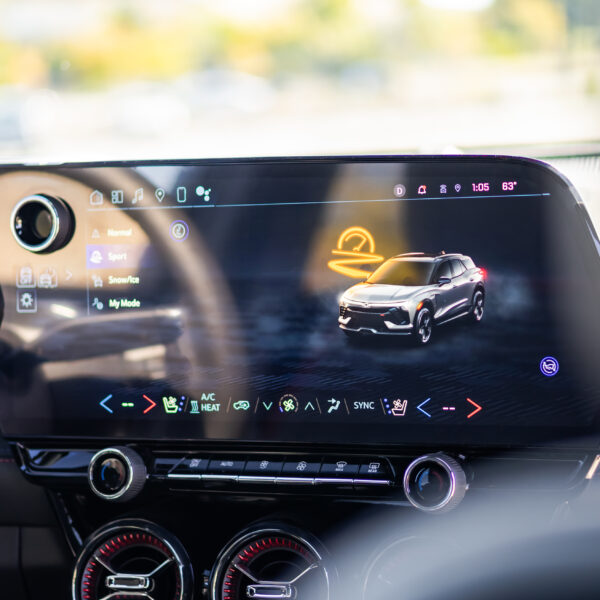Adaptive Driving Beam Headlights Get NHTSA Approval
The moment has finally arrived! After years of scrutiny over outdated headlight legislation, the U.S. government announced last week that adaptive headlamps, also referred to as adaptive driving beam headlights (ADB), have officially gotten the stamp of approval. This authorization stems from the National Highway Traffic Safety Administration (NHTSA) after tremendous pressure was put on the federal organization by the recently passed infrastructure bill. On top of that, Toyota North America has had an ongoing petition filed with the NHTSA concerning the same issue.
Now that ADB tech received the green light, what does this mean for American drivers? Keep reading to see how smart headlights will improve road safety and shine a brighter light on automotive advancements in the U.S.
What are adaptive driving beam headlights?
To understand the gravity of this news, first let’s review the utility of ADB technology. Unlike standard halogen or LED headlamps that remain in a fixed position, adaptive headlights use electric sensors to illuminate the road in congruence with the turn of your steering wheel. What this means is the low-beam and high-beam functions of your headlights work in harmony to light your path no matter where you go.
Not only does this reduce the risk of blinding other drivers, it successfully enhances visibility as a whole. Compared to old-school standards, this smart technology, in a lot of ways, is the answer to improving driver safety at night. In addition, it will help drivers to better see pedestrians, cyclists, and animals in dimly lite environments.
As of now, the American car crash epidemic has lead to an innumerable amount of preventable deaths. Many of which could have seen the benefit of advanced headlight technology. For that reason alone, you might be wondering — what took so long? With no thanks to Federal Motor Vehicle Safety Standard 108, which prohibits high-beam and low-beam headlamps from operating at the same time, adaptive headlights have remained illegal in the U.S. for decades.
As the birthplace of automotive revolution, headlights should enjoy the same advancements that driver assist systems contribute to in modern times. Recent studies have even proven that Good headlights improve driver safety, so now just imagine what adaptive headlights could do. Though this approval reveals good news for automakers, there is one sticking point preventing us from complete illumination freedom.
But wait, there’s a catch
With the recent NHTSA approval came one major caveat. Though ADB technology is now permitted, the level of illumination is seemingly restricted. Adaptive headlights must be dimmer than the light standard used in other countries. Unfortunately, automakers must still abide by light output regulations set in the 1970s. Therefore, adaptive headlights in the U.S. will differ, only allotting for a fraction of the light intensity expected.
In many cases, this is what you’d call baby steps. While the news of approval signifies positive change for headlight regulations, the issues are still apparent. That said, we can’t help but applaud this step. With the integration of smart headlights, manufacturers will have the opportunity to bring headlight utility into the 21st century.
Final thoughts on adaptive driving beam headlights
Since ADB headlights have been around for some time, their approval in the U.S. is well overdue. No doubt, this is a moment of victory for anyone in the automotive industry. At the end of the day, the real benefit of these smart technologies is the safety that it provides. An adaptive headlight system will successfully improve driver visibility and prevent the risk of road collisions in diverse driving conditions.
We hope this news excites you too! Comment or share your reaction below.
















This is great technology that came out and I feel it is much safer for drivers. I know for myself when I’m on a dark road and have to turn on my bright lights and then having to remember to turn off is sometimes stressful and worry some for the other drivers. I really enjoy this technology.